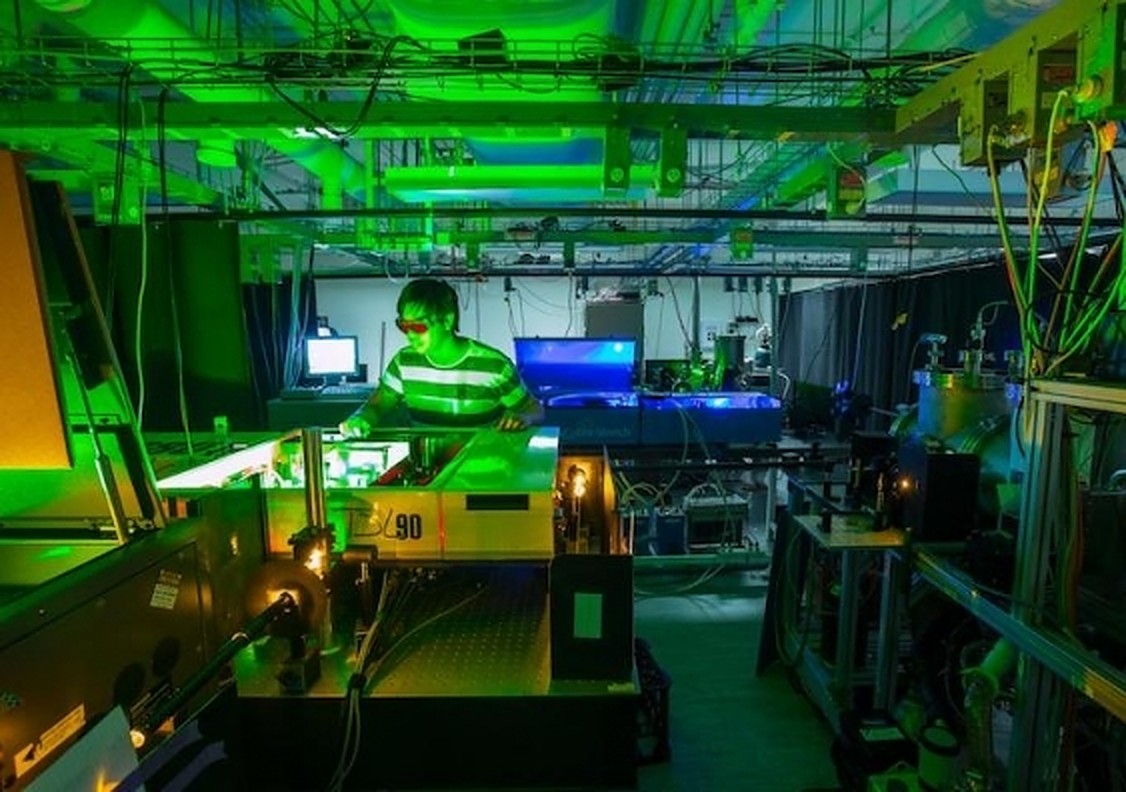Upconversion involves ‘gluing’ two low-energy photons of light together to create more energetic, visible light.
Today, a team of researchers from the University of New South Wales (UNSW) and ARC Centre of Excellence in Exciton Science announced they were able to achieve a key stage in photochemical upconversion in the solid state. This, they say, is a key breakthrough as it enables the possibility of functioning upconversion devices to be manufactured at a commercial scale.
“I think people are going to immediately start copying us,” UNSW Professor Tim Schmidt, the senior author of the study and an Exciton Science Chief Investigator, said. “I consider this a breakthrough because this approach can be adapted to upconverting into the ultraviolet or from the infrared. There’s so much we can do with it.”
On top of its potential applications for solar, the new approach could prove useful for hydrogen catalysis, as well as advanced healthcare and water purification.
The technical term for upconversion’s ‘gluing’ process is triplet-triplet annihilation, which produces a singlet exciton. An exciton is a quasiparticle which exists when an electron and the hole it is bound to becomes excited by light or another source of energy.
Controlled and reliable triplet-triplet annihilation and the photochemical upconversion it enables could raise the efficiency limit of solar energy devices from 33.7% to 40% or beyond, according to the research team.
Much of the fundamental research on upconversion is performed with liquid samples. For the mechanism to be useful in real-world devices applications, however, it must be effectively demonstrated in a solid state.
In this research, Exciton Science Research Fellow Dr Thilini Ishwara and her colleagues created a thin film of nanostructured alumina stained with a sensitiser.
The pores of the structure wee filled with emitter molecules in concentrated solution, which allows a highly promising photon generation quantum yield of 9.4%.
The next step, the researchers say, is to move beyond the concentrated solution used in this approach and to achieve similar results in an entirely solid state, potentially by using a gel-like substance.
The team’s work has been published in the journal ACS Energy Letters. It was funded by the Australian Research Council.
This content is protected by copyright and may not be reused. If you want to cooperate with us and would like to reuse some of our content, please contact: editors@pv-magazine.com.









By submitting this form you agree to pv magazine using your data for the purposes of publishing your comment.
Your personal data will only be disclosed or otherwise transmitted to third parties for the purposes of spam filtering or if this is necessary for technical maintenance of the website. Any other transfer to third parties will not take place unless this is justified on the basis of applicable data protection regulations or if pv magazine is legally obliged to do so.
You may revoke this consent at any time with effect for the future, in which case your personal data will be deleted immediately. Otherwise, your data will be deleted if pv magazine has processed your request or the purpose of data storage is fulfilled.
Further information on data privacy can be found in our Data Protection Policy.